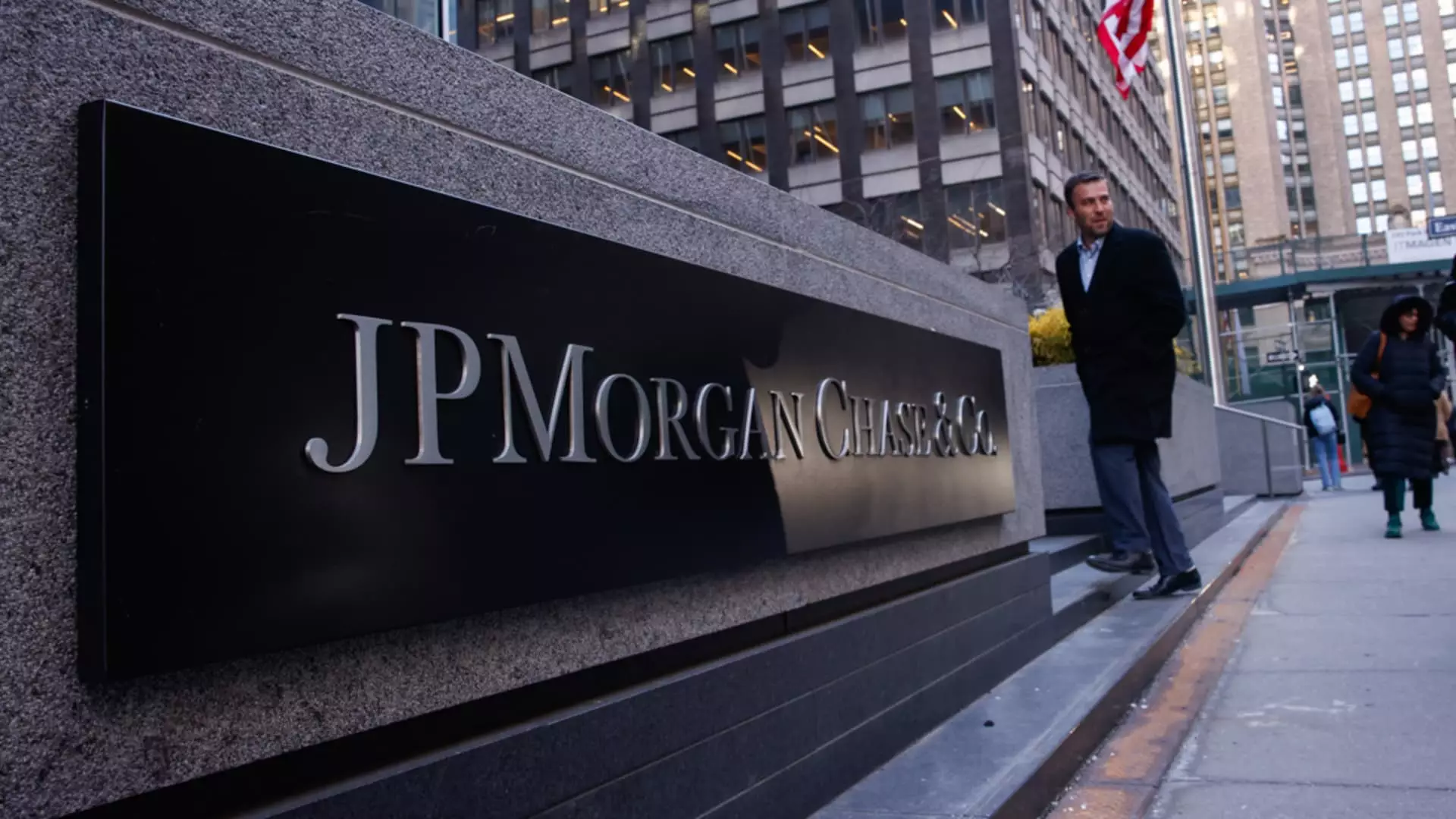Why the Reckoning Might Be Near: The Hidden Risks for Large-Cap Banks in a Shifting Economic Landscape

While Wall Street oscillates between euphoric praise and cautious whisperings about the banking sector, a critical analysis suggests that the recent optimism surrounding large-cap banks might be overly simplistic or even prematurely bullish. The recent upgrade of JPMorgan Chase and Morgan Stanley by KBW appears to hinge on assumptions about scale, deregulation, and strategic advantages that, in reality, could be fragile in an uncertain macroeconomic environment. From my perspective, these narratives glaze over lurking vulnerabilities—overleveraged balance sheets, regulatory complacency, and geopolitical risks—that could undermine the apparent resilience of these financial giants.
The exuberance surrounding JPMorgan’s future prospects is based on optimistic projections of growth fueled by deregulation and strategic scale advantages. However, history teaches us that deregulation, while providing short-term catalysts like share buybacks, can quickly turn into a double-edged sword if economic shocks occur. For instance, the pre-2008 financial crisis era was characterized by deregulation-driven excess, and these lessons have not been entirely forgotten by prudent analysts. Assuming that scale alone guarantees superior risk-adjusted returns is a delusion that ignores the inherent cyclical vulnerabilities and systemic risk embedded within these massive financial entities.
Furthermore, the positive outlook hinges on the notion of “business model superiority,” which, while valid in some respects, can be an incomplete narrative. The banking industry’s reliance on high ROE and ROTCE margins often incentivizes risk-taking, sometimes to the point of obscuring underlying vulnerabilities. The recent rally in these stocks, driven by expectations of deregulation and strategic M&A, might soon be tested by unforeseen macroeconomic shocks, rising interest rates, or geopolitical tensions—factors that could diminish profitability and elevate risk substantially.
The Illusion of Stability and the Real Risks Lurking Beneath
What the bullish reports overlook is the potential for systemic fragility. Many large banks, despite their size and capital buffers, remain interconnected in ways that amplify systemic risk rather than mitigate it. Just as a single domino can topple an entire line, economic disturbances—be it inflation spirals, rapid interest rate hikes, or global conflicts—could ripple through these institutions faster than anticipated. The assumption that big banks’ “predictability” will continue in perpetuity ignores the complex realities of leverage, shadow banking activities, and off-balance-sheet exposures which are often underestimated or misunderstood.
It’s also naive to dismiss the long-term implications of regulatory backpedaling. While deregulation offers immediate benefits like increased buybacks and higher dividend payouts, the long-term fallout could involve a loosening of risk management standards. As banks expand their balance sheets and pursue strategic M&A, they might be treading dangerous waters, especially if economic growth slows or financial stability is compromised. What is being presented as an opportunity could, under different circumstances, morph into a crisis fueled by complacency and systemic overconfidence.
Regional banks like Citizens and PNC are being propelled by the same narrative of superior business models and expected deregulation windfalls. Yet, these institutions are more exposed to localized economic downturns and sector-specific shocks—risk factors that larger banks, often perceived as more resilient, are not immune to either. The reliance on strategic mergers to stimulate growth doesn’t eliminate vulnerabilities; it merely shifts them, often masking deeper structural issues that could surface when the tide of economic growth recedes.
Strategic Mergers and an Overlooked Bubble
Perhaps most concerning is the overemphasis on mergers and strategic acquisitions as catalysts for growth. While M&A activity can temporarily boost stock prices and improve market share, it often leads to integration challenges, cultural clashes, and financial dilution. The long-term benefits of consolidation are frequently overhyped, especially when financial institutions are simultaneously leveraging their balance sheets to fund such expansions.
Meanwhile, the current rally in large-bank stocks resembles an economic bubble in the making—an overconfidence that the pandemic-fueled rally and the expectation of continued deregulation are sustainable strategies. History shows us that bubbles are typically burst not by external shocks but by the complacency and hubris that develop amid prolonged periods of growth. If macroeconomic conditions turn unfavorable or if inflation pressures mount, these banks could experience significant downward corrections, exposing the fragility of their supposed “predictable” returns.
Ultimately, the optimistic outlook painted by analysts and financial models tends to overlook the fundamental risks that could reshape the landscape. While scale and strategic positioning are important, they cannot provide immunity from the broader economic tides that influence all sectors. Investors and policymakers should approach these lofty projections with a healthy dose of skepticism and a keen awareness of the vulnerabilities that could instantly undermine the illusion of invincibility these financial titans currently project.





